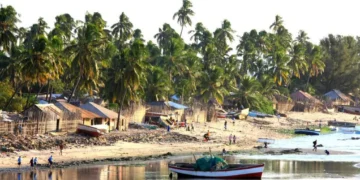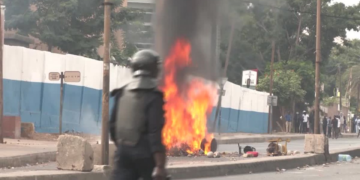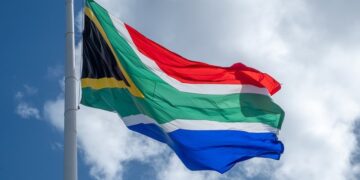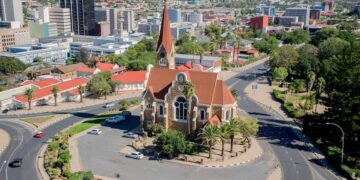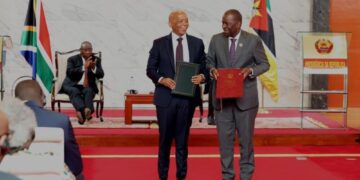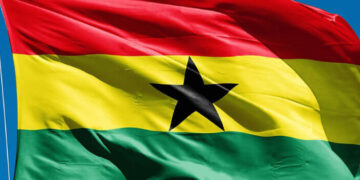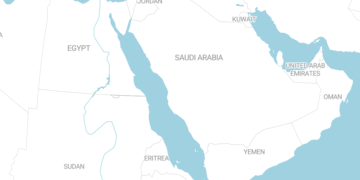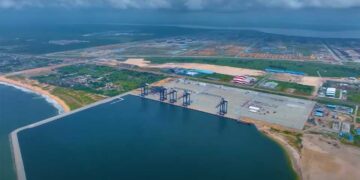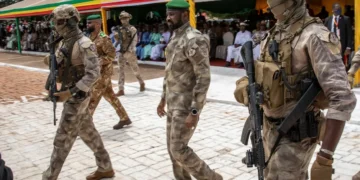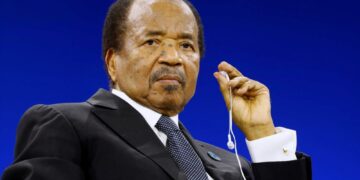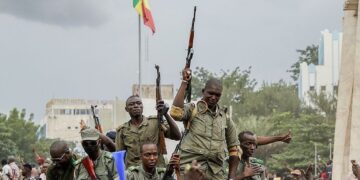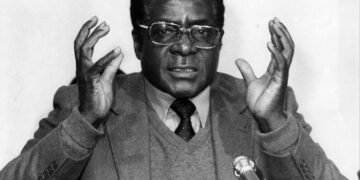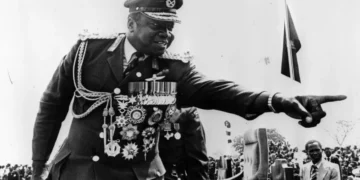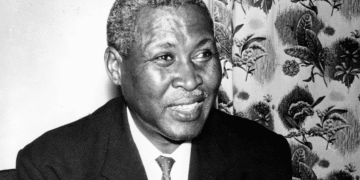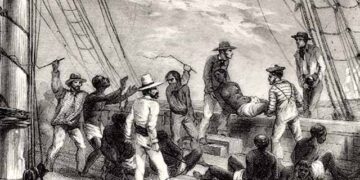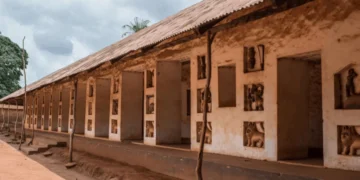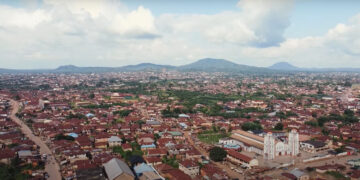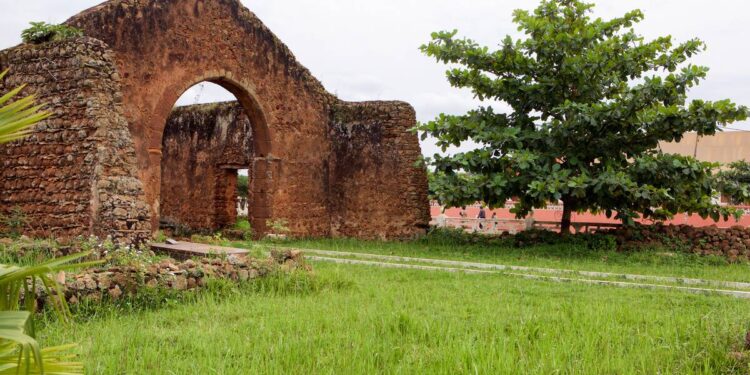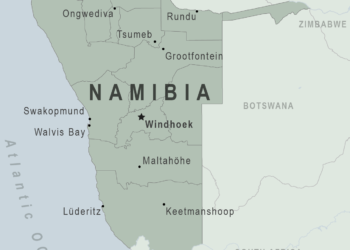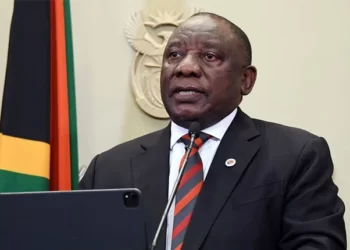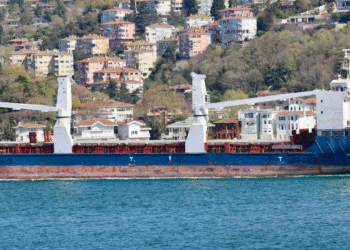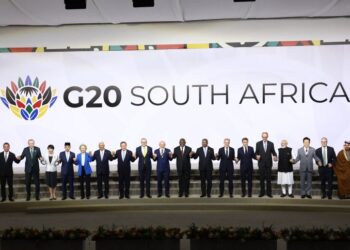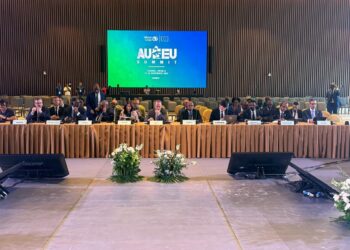M’banza-Kongo, now in modern-day Angola, stands as a living testament to the grandeur and resourcefulness of the ancient Kongo kingdom. It was the beating heart of a thriving community, the political, religious, and economic center of one of the most powerful kingdoms in pre-colonial Central Africa. Its rich history spans centuries, telling the story of its transformation from a local settlement to the capital of a sprawling kingdom to an internationally recognized World Heritage Site.
M’banza-Kongo’s origins date back centuries, perhaps to the 14th century, when it was just a small settlement of the Bantu Congo tribe. Its location with the surrounding hills provided natural defenses and a relatively mild climate, while the fertile lands and abundant water ensured the livelihood of a nascent agricultural community. The choice of this strategic location was an early indication of the leadership vision that would characterize the Kongo rulers. Over time, as the power and influence of the Kongo chiefs increased, Mbanza-Kongo grew into a center of control over the surrounding lands and, gradually, into a larger and more organized kingdom. This process was not simply a geographical expansion; it involved the unification of the various tribes under a single central authority, led by Mani Kongo, the Kongo king.
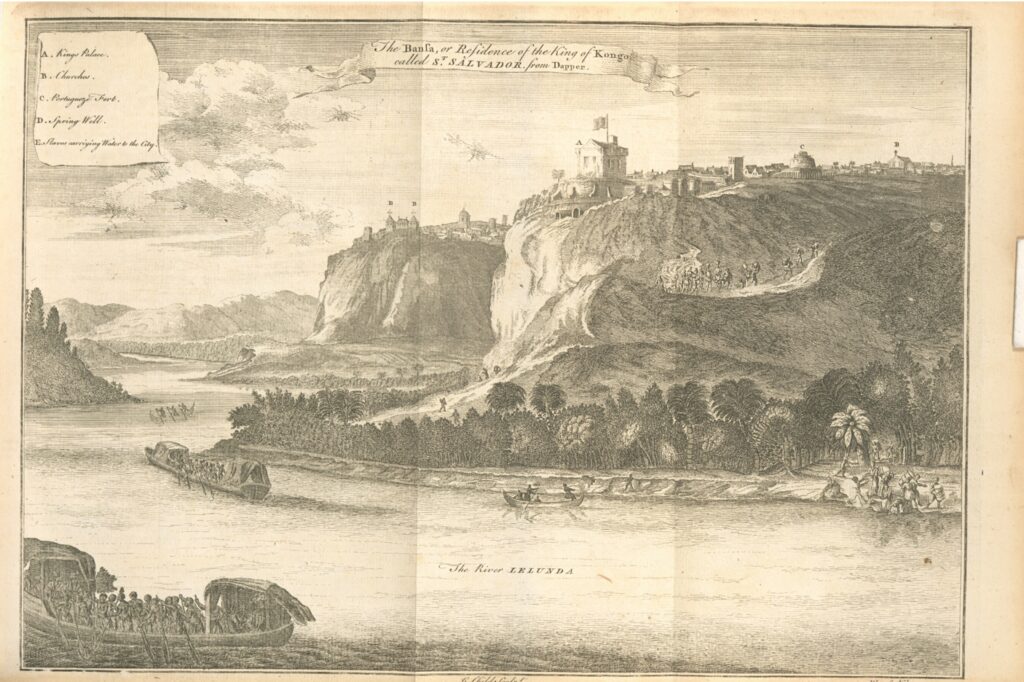
Copyright: Thomas Astley – A new general collection of voyages and travels: consisting of the most esteemed relations, which have been hitherto published in any language; comprehending everything remarkable in its kind, in Europe, Asia, Africa, and America, Astley 1745; Current Iteration from NYPL Digital Library.
Mbanza-Kongo reached its peak during the 16th and 17th centuries, especially after the arrival of the Portuguese in the late 15th century. This encounter was not merely a clash of cultures; it marked the beginning of a new chapter in the city’s history, marked by a complex interplay of exchange and mutual influence. Mani Kongo Nzinga Nkuwu, later baptized João I, adopted Christianity in 1491, profoundly influencing the city’s identity and architecture.
Mbanza-Kongo transformed into a cosmopolitan city, blending local architectural traditions with European styles. Catholic churches were erected, most notably the Cathedral of São Salvador de Congo, a symbol of Christianity rooted in the heart of Africa. The cathedral was not merely a religious building; it was a center of social and cultural activity, a testament to the Christianization efforts of the Portuguese. Although the remains of the cathedral today are limited to its foundations, they still tell the story of an era of change and integration.
Prosperity was not limited to religion and architecture. Mbanza-Kongo was a vital trading center, linking trade routes extending from the coast to the interior of the African continent. A wide range of goods were traded, including textiles, metals, salt, ivory, and slaves. This trade not only brought wealth but also fostered cultural exchange, making Mbanza-Kongo a melting pot of cultures. The markets were bustling with people, with a variety of languages and dialects, reflecting the city’s vitality as a regional center.

Politically, Mbanza-Kongo was the headquarters of the Manikongo (also called Awenekongo or Mwenekongo), who governed the affairs of the sprawling kingdom. The royal court was a decision-making center, where discussions on domestic and foreign policy took place. The Kongo Kingdom had a sophisticated administrative system, with regional officials reporting directly to the king, allowing it to exert control over vast territories. The Portuguese presence influenced this structure, as the introduction of firearms and European political concepts reshaped the balance of power in the region.
Over time, tensions began to escalate between the Kongo Kingdom and the Portuguese, particularly regarding the slave trade. The Portuguese’s increasing demands for slaves led to internal and external conflicts, gradually weakening the authority of the Mani Kongo. Relations shifted from cooperation to competition and sometimes to outright hostility.

In 1665, tensions culminated in the Battle of Mbwila, where the Portuguese defeated the Kongo Kingdom and killed António I Vita a Nkanga, king or mwenekongo of the Kongo Kingdom. This defeat was a catastrophic turning point for the Kongo Kingdom, ushering in a period of chaos and unrest and the gradual collapse of central authority. Mbanza-Kongo was abandoned several times, its infrastructure deteriorated, and it was reduced from a prosperous city to ruins. This decline was the result not only of external conflicts but also of internal divisions and power struggles between different factions within the kingdom.
Despite its decline, Mbanza-Kongo never completely disappeared. It continued to hold special symbolism for the Congolese people and remained a spiritual and cultural center, albeit on a smaller scale. In the 20th century, with the rise of independence movements in Africa, Mbanza-Kongo regained some of its symbolic significance as a symbol of resistance and African identity.
In recent years, Mbanza-Kongo has experienced a renaissance thanks to efforts to preserve its rich heritage. In 2017, the Historic Site of Mbanza-Kongo was inscribed as a UNESCO World Heritage Site, an international recognition of its exceptional cultural and historical significance. The archaeological site includes the remains of the Royal Palace, the Cathedral of São Salvador de Congo, noble houses, the Royal Cemetery, and other structures that tell the city’s story.
The Angolan government and international organizations are working with local communities to preserve the site, develop tourism infrastructure, and educate future generations about its rich history. Archaeological excavations are underway to uncover more secrets buried underground, contributing to a deeper understanding of life in Mbanza-Kongo during its heyday.



